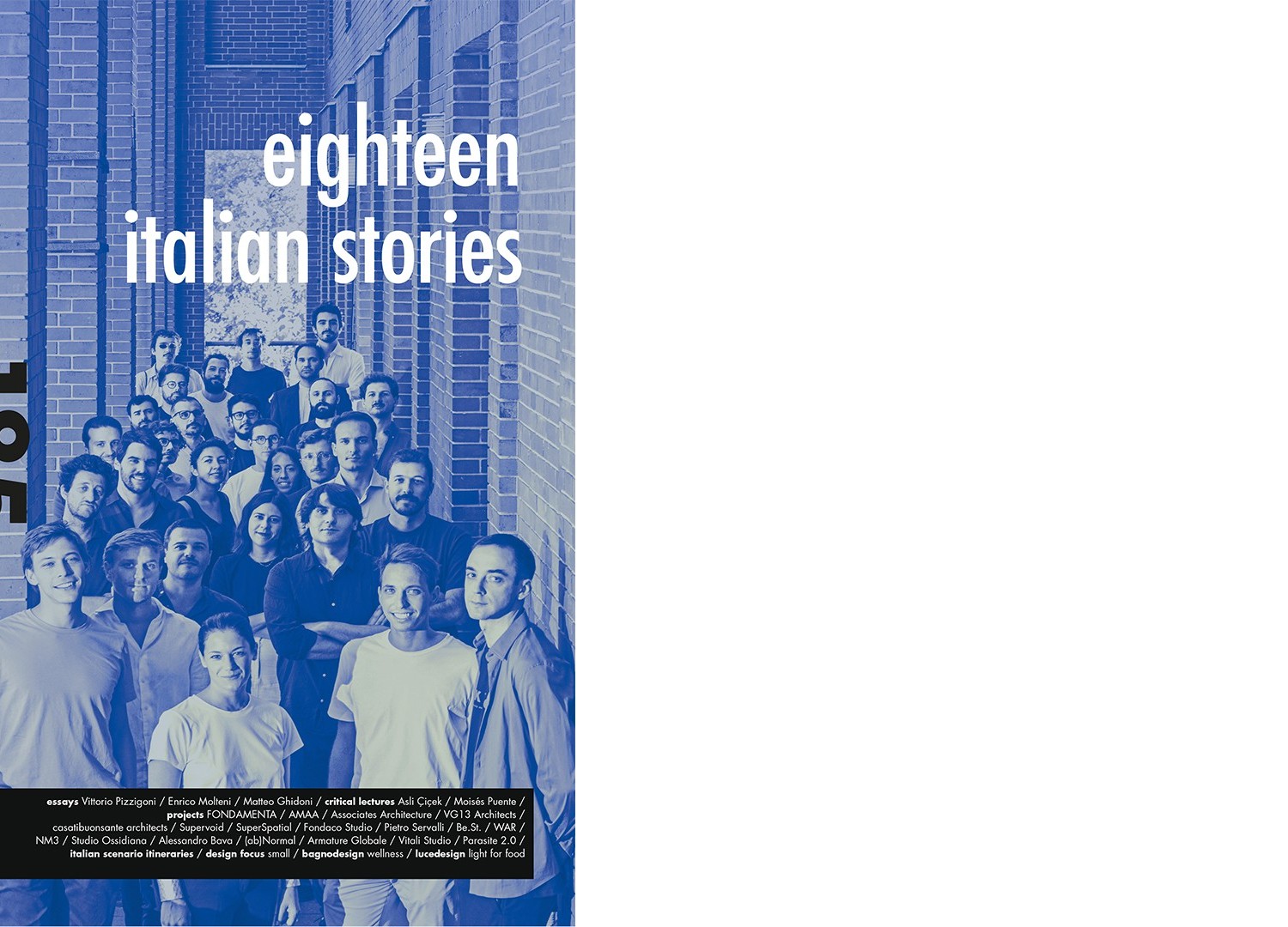
Architecture beyond genders and generations
I think I should be allowed to feel a little nostalgic, although I apologize and admit to being somewhat embarrassed about it. For one thing, I never like having to write autobiographically, and yet I have to accept the contradiction of looking back to the years of my training, more than thirty years in the past, when I had just graduated and was working toward my doctoral degree, studying frantically while also teaching, publishing, participating in small projects and major competitions, non-stop. Anything to get ahead…that is, to design! There was all that energy then, that willingness to try new things, to make mistakes – there was plenty of time to fix them. There was an inner freedom that, objectively, once lost can never be recovered. We grasp at experience, at a trade we think we know in all its nooks and crannies, at the ability to manage the complexity of our work as it has become in this age, but little by little, that energy, as is natural, dissipates over the years. I ask myself, as we should always ask ourselves, if this interior condition is projected onto my work and here, with surprise, I have to observe a disciplinary otherness that is hard to explain and able to overcome genders and generations, as if the activity of designing and its final outcome, the work of the architect, were indifferent to the age or gender of the author. We become aware of this when we start examining and studying the projects and works of architects who have not yet passed the ten-year mark in their career, works that reveal an unexpected maturity, a completeness and a “skill” that makes it impossible to guess the age of the architect, the gender, the background. If anything, what is more apparent is the geographical origin, the schools at which they trained – as if space were prevalent over time. Perhaps this is the “beauty” of being an architect, but in this reflection what probably appears rather obvious is an attempt at auto-consolation. It is just that there are certain youthful works that seem to have been created and imagined by a much older person, while there are works by architects in their full maturity that continue to show surprising vitality, and here again, we see that the vital statistics of the author succumb in respect of the work, which has a much greater “cultural“ longevity. If anything, what we’d like to understand – but it is obviously a hope that has always existed – whether “youth” enables us to discover the unexpected, a new viewpoint or one never observed or appreciated before; if, in other words, there are authors who can shift the line of common thinking, open new frontiers of research or new models and ways of living. Obviously, it’s not a simple matter, something we can take for granted. Concretely, if we eliminate the stylistic or calligraphic aspects of architecture, what we are left with is a slow process of evolution, without abrupt advances or rude awakenings, as if to say that architecture is the art of slow change, small shifts of a viewpoint which is projected simultaneously backward – what we know – and forward – what we envision.The contemporary aspect of it is what allows different values to coexist at the same time exalting, in the complexity and overlapping of the images, the differences that inevitably seem to fade and gradually disappear, while the substance of the work remains usable. Let’s examine the work of these young Italian architects with attention, without severity but with the awareness that the architect’s profession is multi-faceted, complex and difficult.
Marco Casamonti
Download cover
Download table of contents
Download introduction of Marco Casamonti


